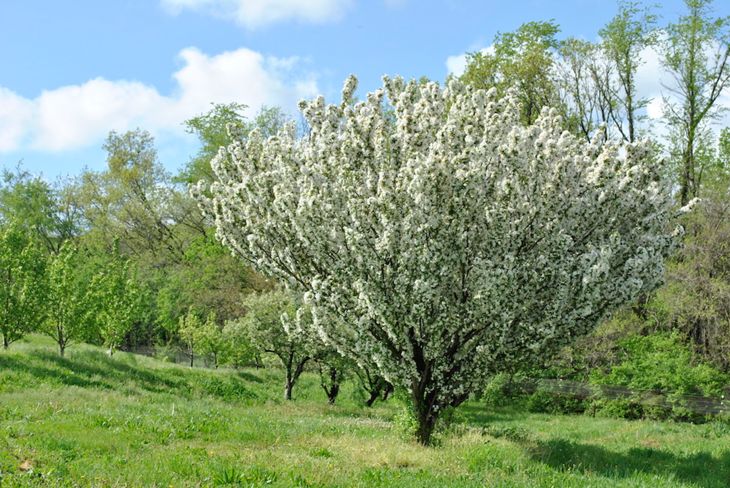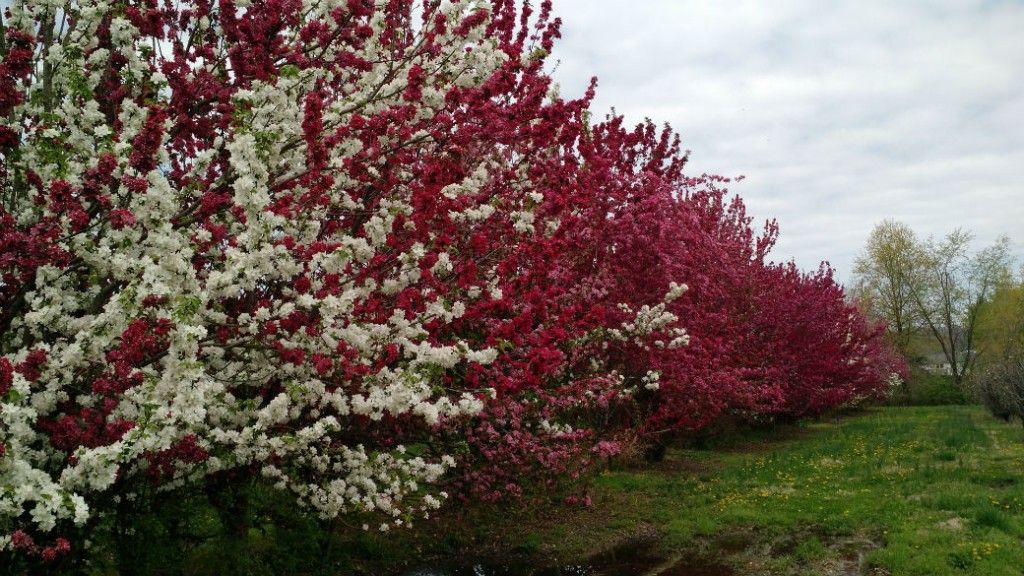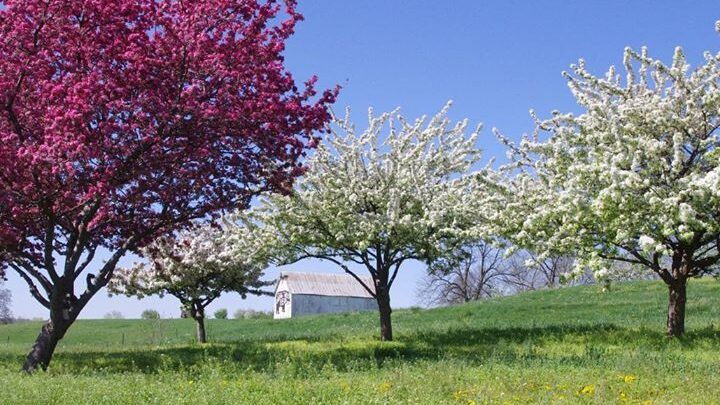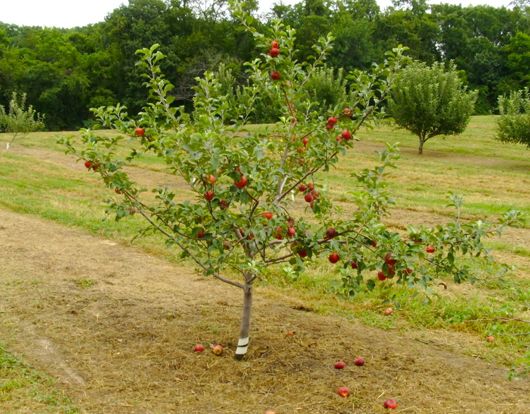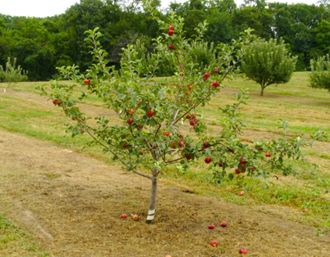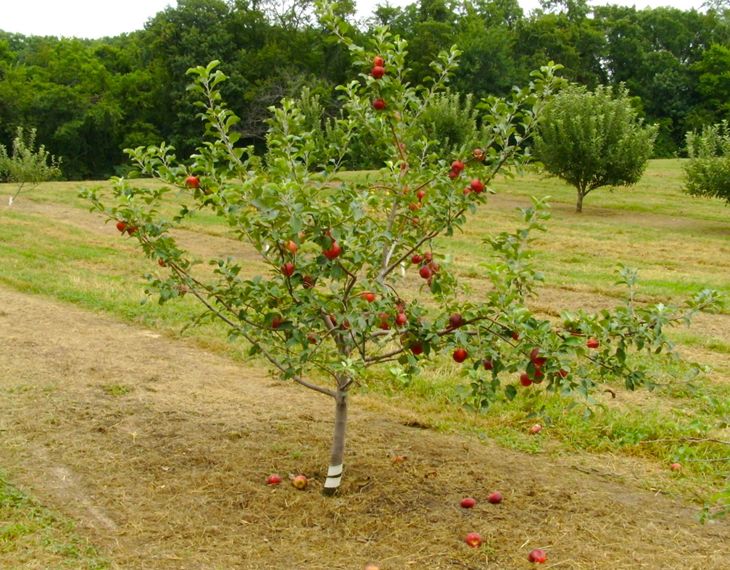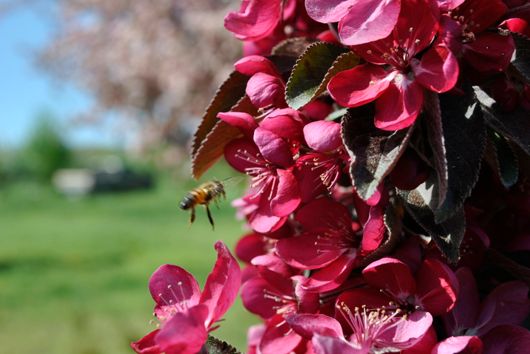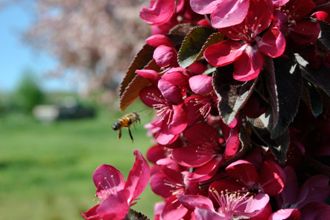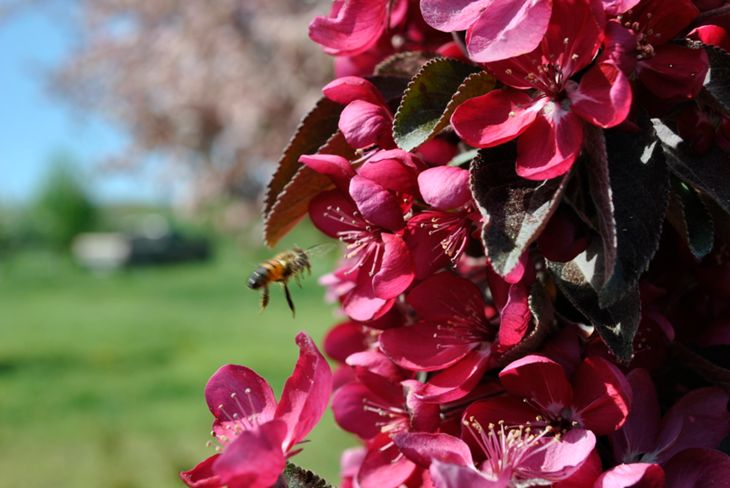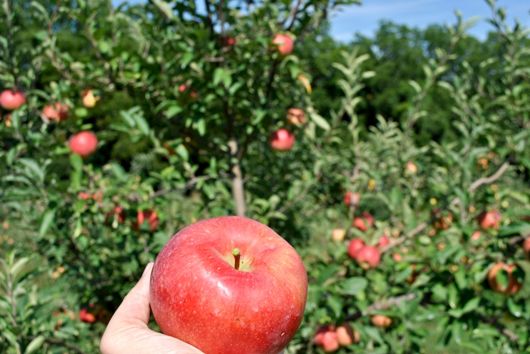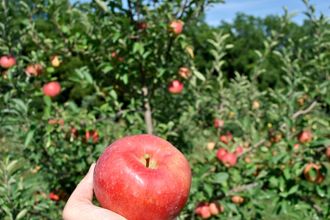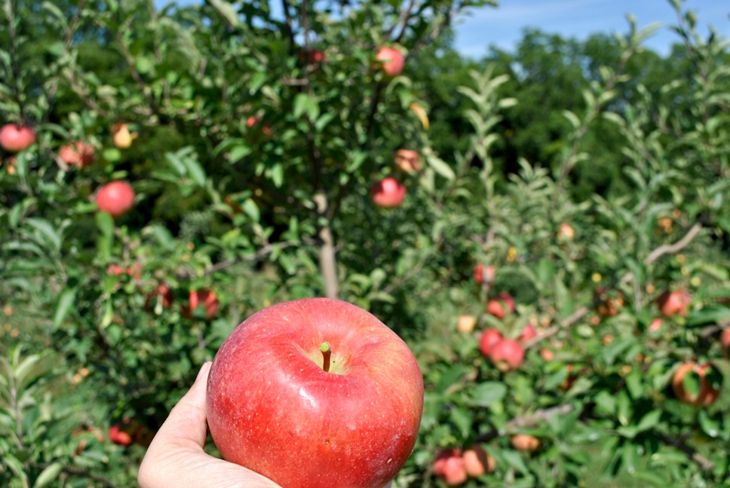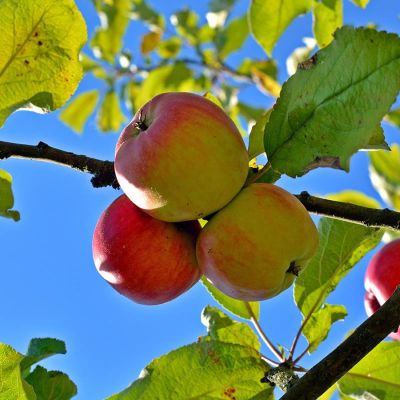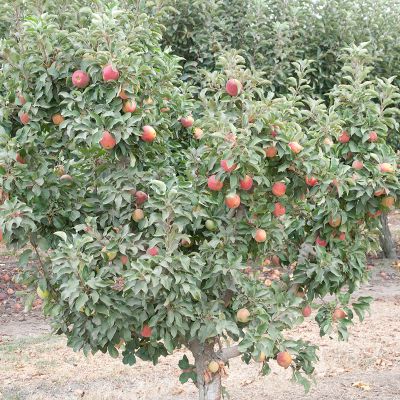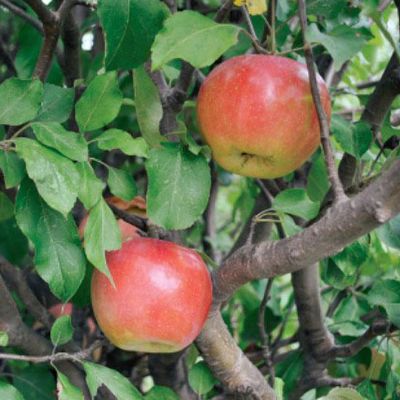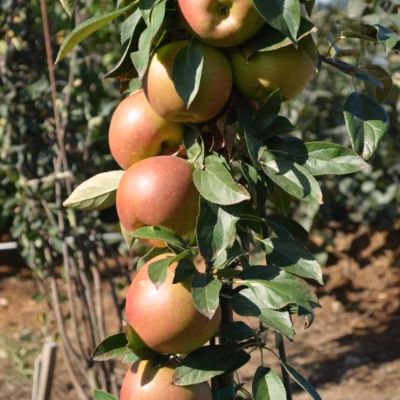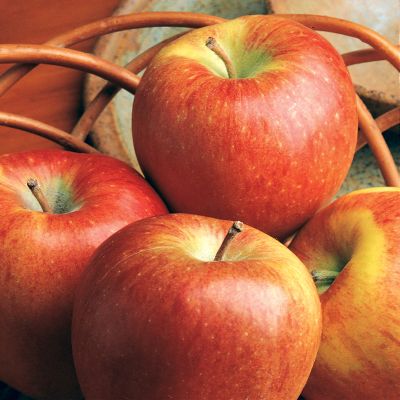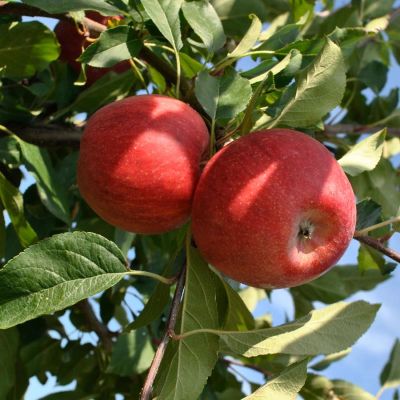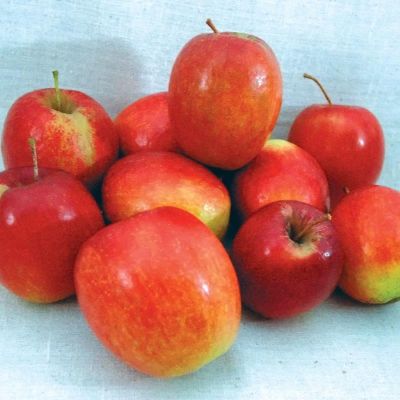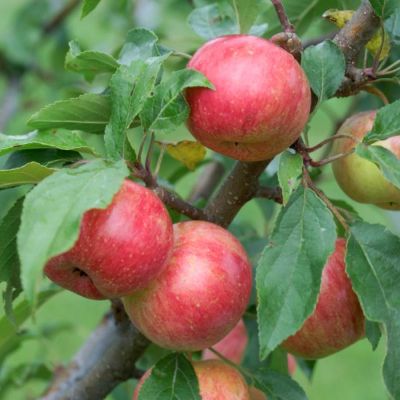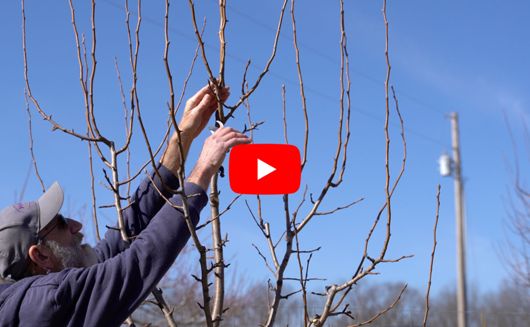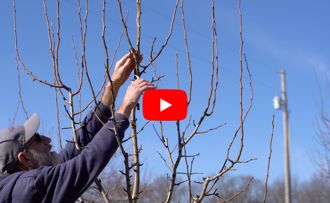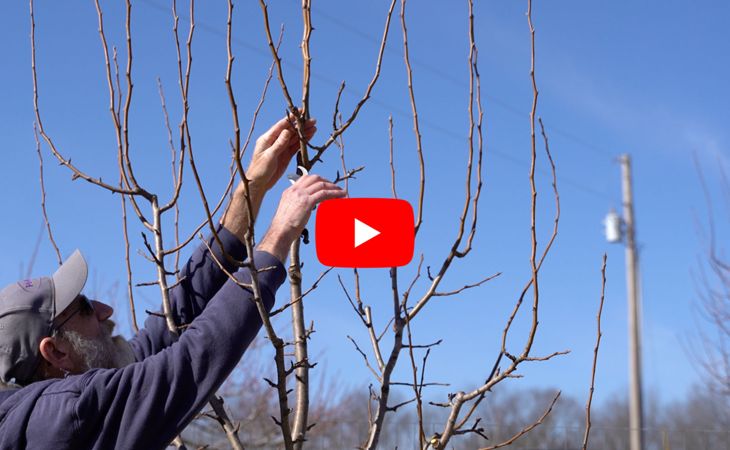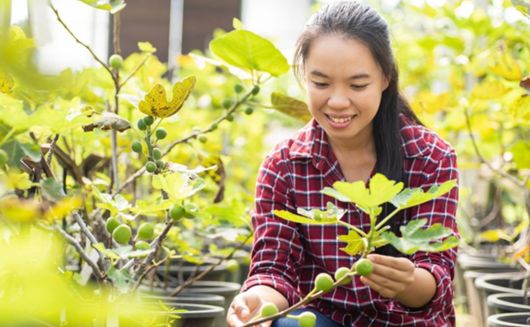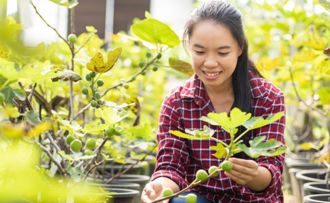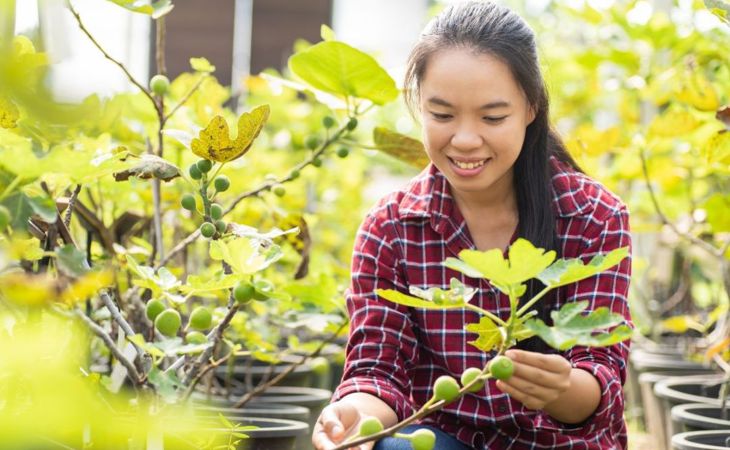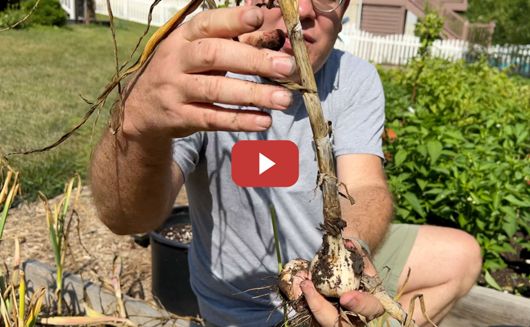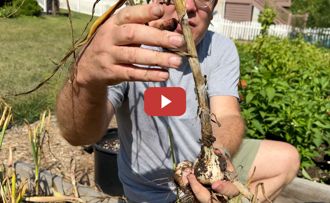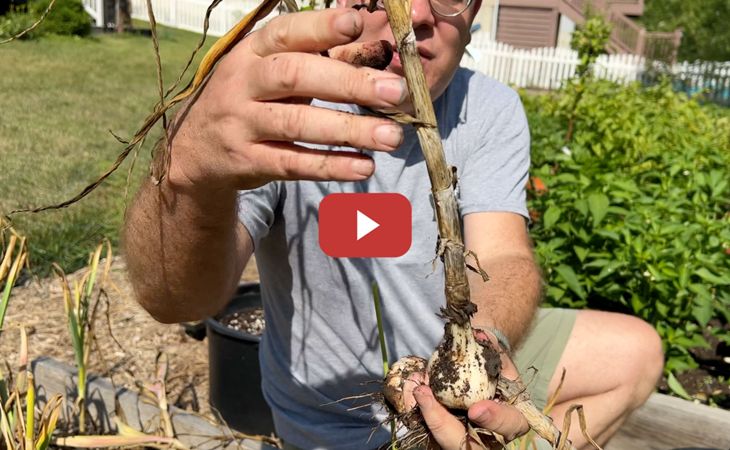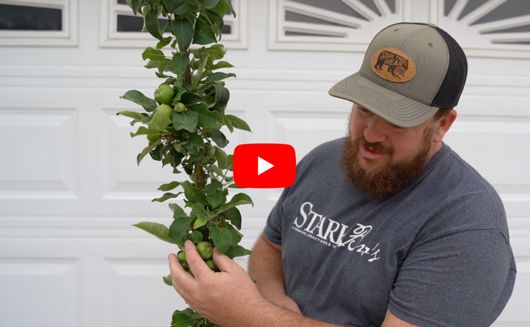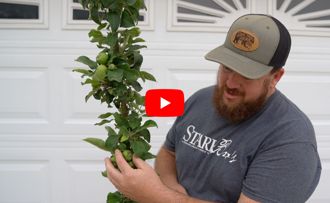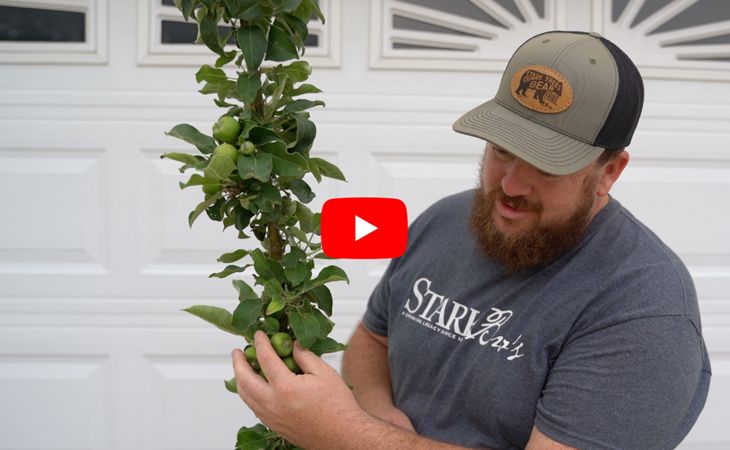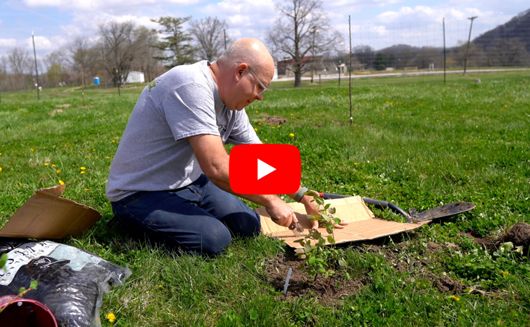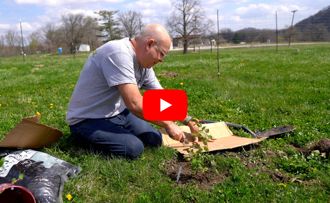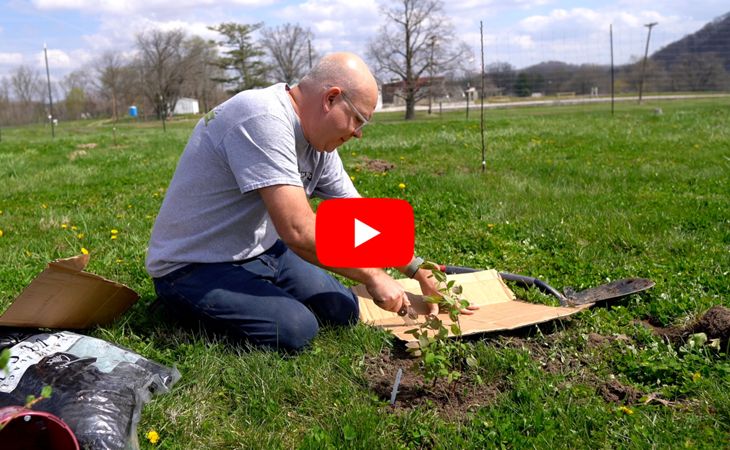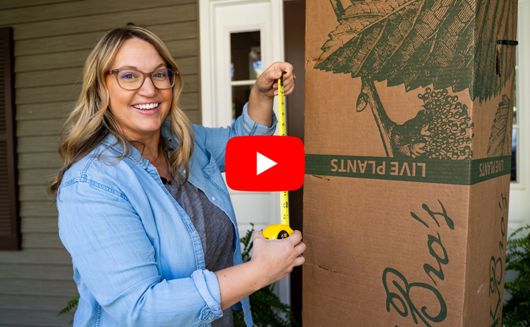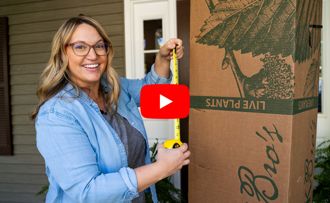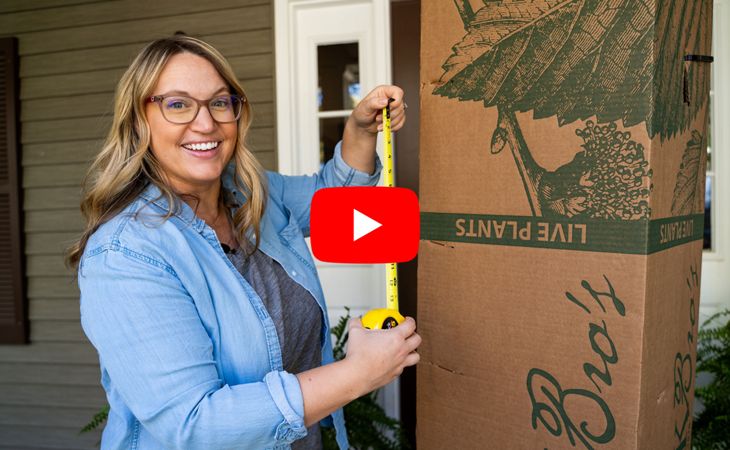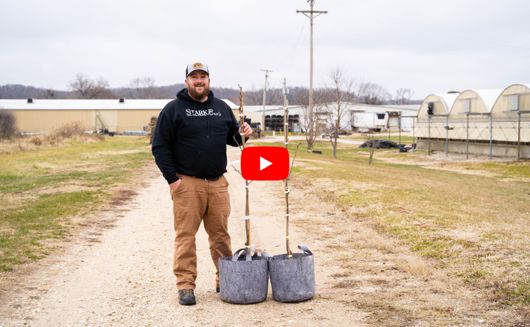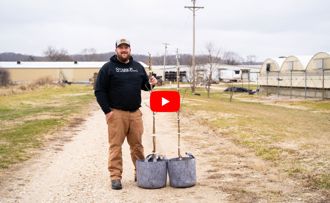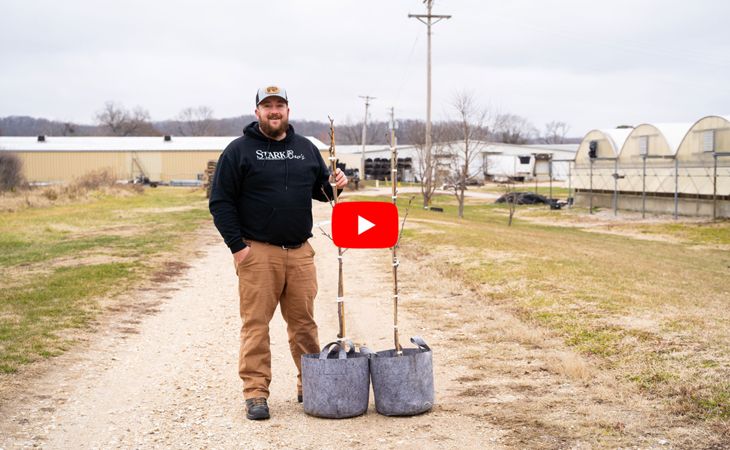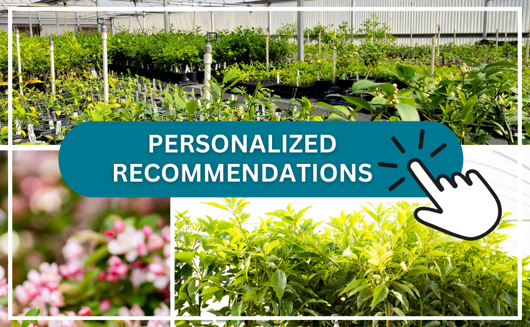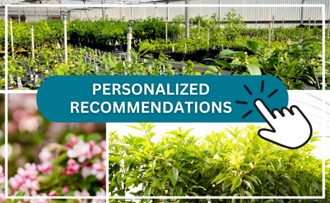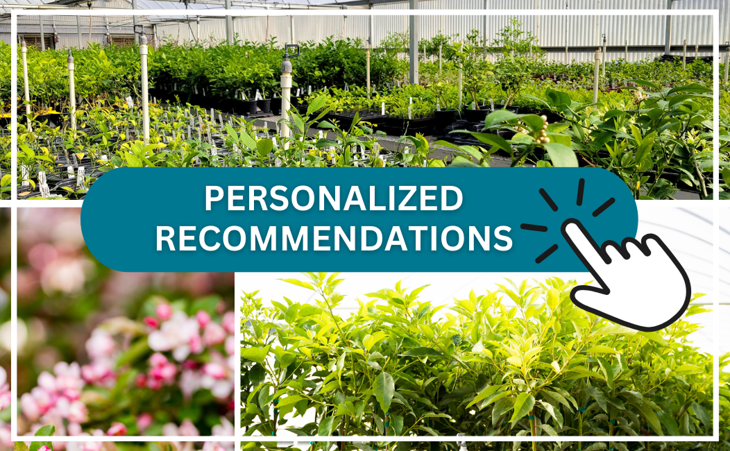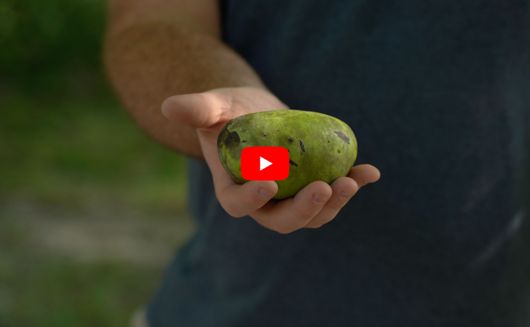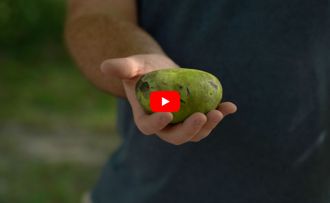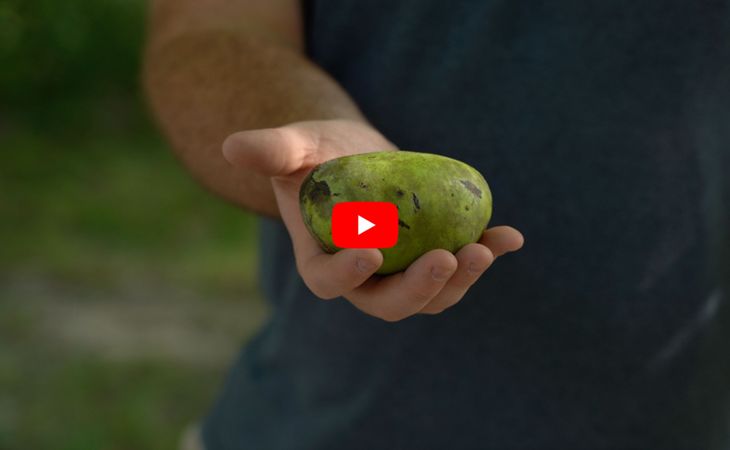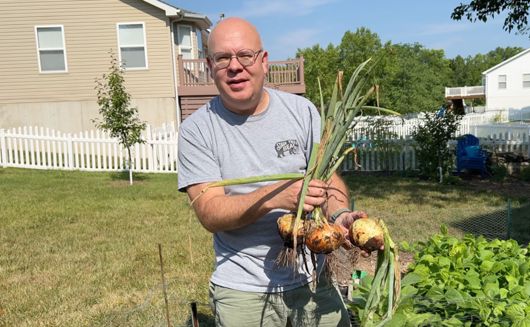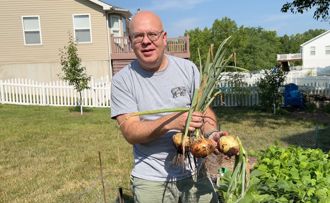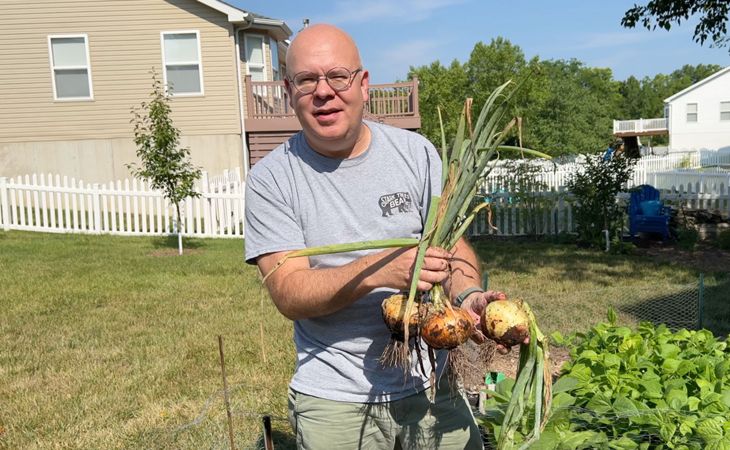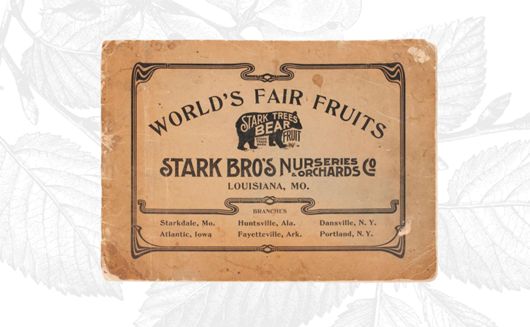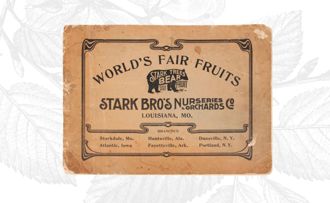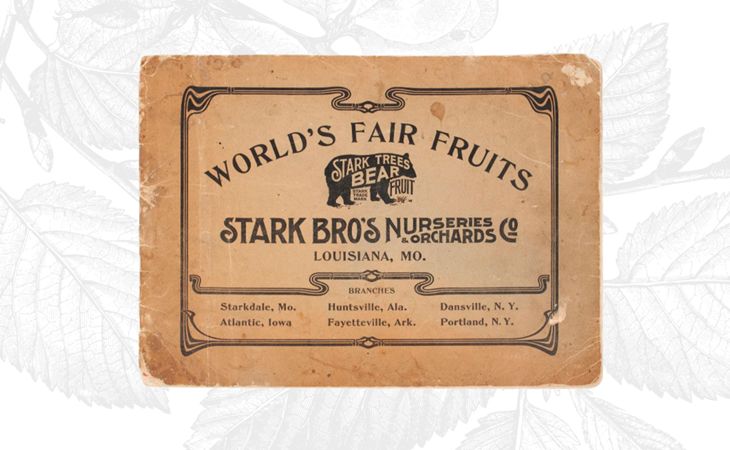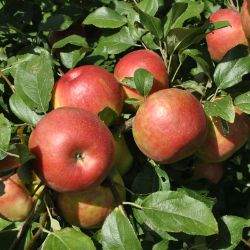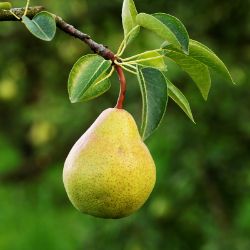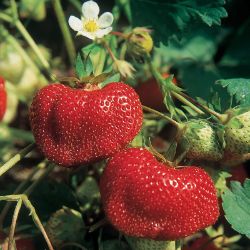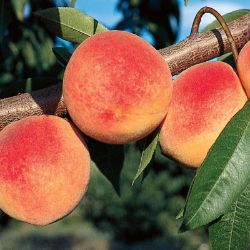Covering Apple Tree Pollination
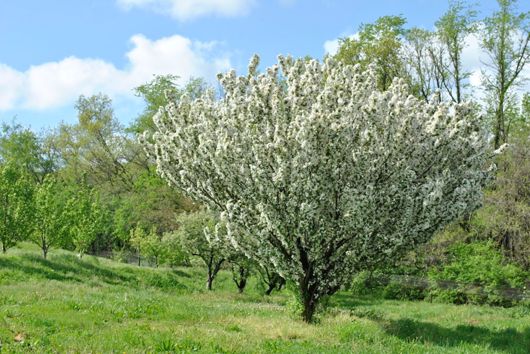
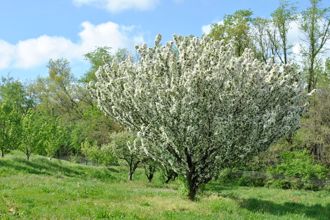
Pollen, with the help of wind, birds, and beneficial insects like bees, is distributed from flower to flower, which eventually leads to the development of fresh, homegrown apples we all love to eat!
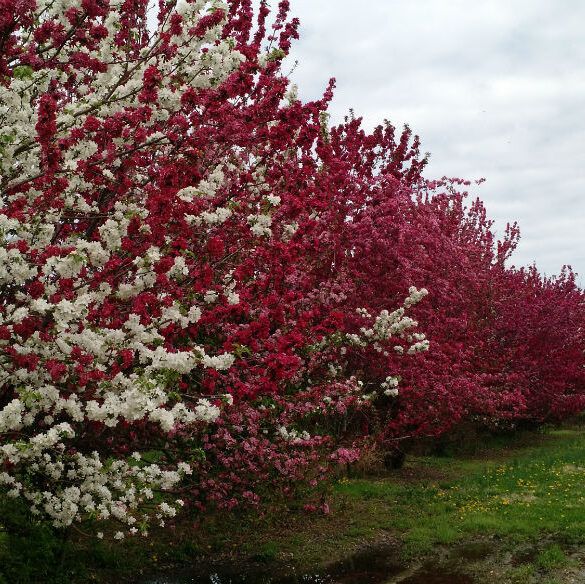
There are a few big factors to keep in mind about apple tree pollination in regard to fruit production. Consider these things when selecting compatible varieties to plant:
- Spacing
- Maturity
- Bloom Time
Spacing and maturity are covered in some of our previous articles. We recommend planting apple trees up to 100 feet apart (maximum) to keep things within an ideal distance for pollination to occur. Newly planted apple trees take around 2-5 years on average to establish, mature, and bloom to then bear their first crops of fruit.
Apple Bloom Times Vary
Bloom time is very important when planning for adequate apple tree pollination and fruit production. Different varieties tend to bloom at different times in the season. Very early blooming varieties will not be ideal pollinators for late-blooming varieties. Think about it: if one apple tree’s flowers have already finished before the second variety’s pollen is available, then there isn't a chance for fruit set. This is why we list a few of our recommended pollinators for each variety we carry – so you can confidently choose adequate pollinators to plant.
You can also reference other apple tree pollination-tools like these:
- Apple pollen chart from Adams County Nursery
- Fruit tree pollination charts from University of Missouri Extension
- Apple pollination partners by variety from Orange Pippin Trees
Or ask us and we’ll help you determine if your apple varieties are ideal pollinators for one another!
Bear in mind, early blooming apple varieties will overlap early to mid-season ones, and mid-season varieties will overlap mid- to late-blooming apple trees. That said, in some years with exceptionally warm springs, we’ve had apple trees in our orchards here in Missouri practically bloom all at the same time – regardless of their natural tendency to be early, mid-, or late-blooming varieties.
There are also triploid apple trees to be mindful of!
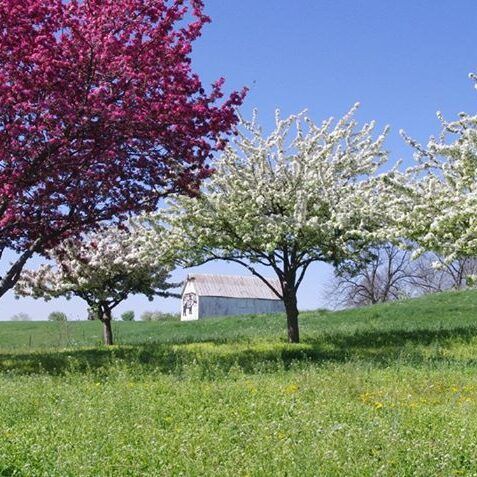
Apple Pollination Covered
A solid understanding of apple tree pollination brings you that much closer to enjoying your own homegrown apples! One final note: when in doubt about apple tree pollination, plant a crabapple tree. Crabapple trees are truly excellent pollinators — even professional apple orchardists plant them systematically to cover any possible pollination gaps in their apple selection. A crabapple tree also makes a beautiful food source that attracts bees, birds, and other wildlife. Happy planning and planting!
Grow Your Own Apple Trees
- Article Categories:
- How To Grow

